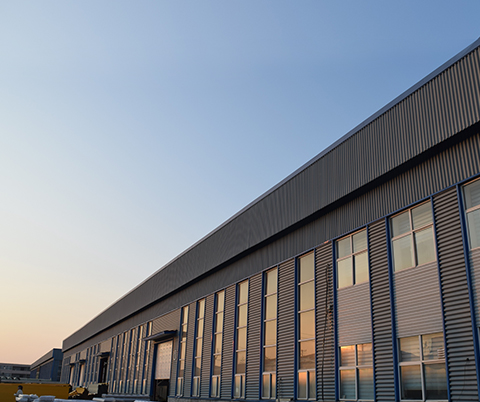loading...
- No. 9, Xingyuan South Street, Dongwaihuan Road, Zaoqiang County, Hengshui, Hebei, China
- admin@zjcomposites.com
- +86 15097380338
- Welcome to visit our website!
Innovative Applications and Benefits of FRP Piles in Modern Construction Techniques
Understanding FRP Piles A Sustainable Solution for Modern Construction
Fiber Reinforced Polymer (FRP) piles are emerging as a revolutionary material in the construction industry, offering a sustainable and durable alternative to traditional piling methods. With increasing awareness of environmental concerns and the need for resilient infrastructure, FRP piles have garnered significant attention for their unique properties and benefits.
What are FRP Piles?
FRP piles are composite materials made of a polymer matrix reinforced with fibers, typically glass or carbon. These materials are engineered to provide superior strength-to-weight ratios, making them ideal for various applications in civil engineering. The lightweight nature of FRP piles facilitates easier handling and installation, reducing labor costs and time associated with foundation work.
Advantages of FRP Piles
One of the most notable advantages of FRP piles is their resistance to corrosion. Unlike traditional steel piles, which are susceptible to rust and deterioration in harsh environments, FRP piles maintain their integrity over time. This characteristic is particularly beneficial in marine applications, chemical plants, and other industrial settings where exposure to corrosive substances is a concern.
Furthermore, FRP piles exhibit excellent load-bearing capabilities. Despite their lightweight composition, they can withstand significant compressive and tensile forces, making them suitable for supporting heavy structures. Their high strength allows for longer spans between supports, which can lead to more open and flexible design options.
In addition to their structural benefits, FRP piles contribute to sustainability. The production of FRP materials often involves renewable resources, and their lightweight nature leads to reduced energy consumption during transportation. Additionally, the longevity of FRP piles translates to lower maintenance costs and less resource usage over the life of the structure, aligning with modern sustainability goals.
frp piles

Applications of FRP Piles
FRP piles have found utility in various sectors, including transportation, marine environments, and infrastructure development. In coastal regions, they are often used for dock construction, piers, and bridges, where traditional materials may falter due to corrosion and harsh conditions. Their use in foundation systems also extends to residential and commercial buildings, where they can help mitigate issues related to unstable soil conditions.
Another promising application of FRP piles is in geotechnical engineering, particularly in the rehabilitation of existing structures. As older buildings and infrastructures require retrofitting, FRP piles can be integrated into existing systems to enhance load capacity without significantly increasing the overall weight of the structure.
Challenges and Considerations
Despite their numerous advantages, FRP piles are not without challenges. The initial cost of FRP materials can be higher than traditional options, which may deter some projects from utilizing them. However, this concern is often offset by the long-term savings associated with reduced maintenance and replacement needs.
Additionally, while the technology for FRP piles is advancing, standardization and regulatory acceptance are still evolving. Engineers and designers must stay informed about codes and specifications related to the use of FRP materials to ensure compliance and safety.
Conclusion
As the construction industry continues to emphasize sustainability and resilience, FRP piles represent a promising solution that meets modern engineering challenges. Their unique properties, coupled with their environmental benefits, position them as an attractive choice for various applications. As awareness grows and technology advances, it is likely that FRP piles will play an increasingly significant role in shaping the future of construction and infrastructure development. Embracing such innovative materials is essential for creating structures that not only stand the test of time but also contribute to a more sustainable planet.
-
The Rise of FRP Profiles: Strong, Lightweight, and Built to LastNewsJul.14,2025
-
SMC Panel Tanks: A Modern Water Storage Solution for All EnvironmentsNewsJul.14,2025
-
GRP Grating: A Modern Solution for Safe and Durable Access SystemsNewsJul.14,2025
-
Galvanized Steel Water Tanks: Durable, Reliable, and Ready for UseNewsJul.14,2025
-
FRP Mini Mesh Grating: The Safer, Smarter Flooring SolutionNewsJul.14,2025
-
Exploring FRP Vessels: Durable Solutions for Modern Fluid HandlingNewsJul.14,2025
-
GRP Structures: The Future of Lightweight, High-Performance EngineeringNewsJun.20,2025
